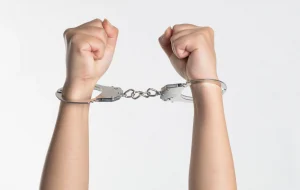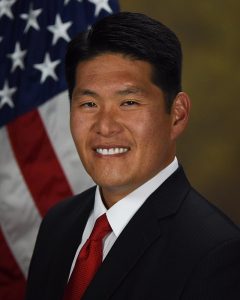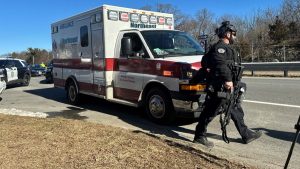Elisjsha Dicken, a 22-year-old armed shopper, shot and killed 20-year-old Jonathan Sapirman after Sapirman killed three people and injured two more at Greenwood Park mall in Indiana.
Dicken lives in Seymour and was at the mall with his girlfriend at the time of the shooting. Dicken pulled his firearm and began firing at the gunman within two minutes of the gunman initiating shoot. The perpetrator tried to flee to the bathroom but collapsed to the ground.
Also read: Greenwood Park Mall shooting: Indiana’s Good Samaritan law explained
“I’m grateful a good guy with a gun was there to prevent further casualties and am praying for the families who lost loved ones in this senseless tragedy,” U.S. Rep. Jim Banks, a Republican who represents Fort Wayne and the state’s northeast, wrote in a tweet Sunday night.
Even though specifics about the Greenwood Park Mall massacre were scarce, the incident acted as a rallying cry for lawmakers and campaigners who claim that law-abiding citizens armed with firearms are an antidote to America’s series of mass shootings.
“Many more people would have died last night if not for a responsible armed citizen,” police Chief Jim Ison said Monday, describing Dicken as a “good Samaritan” and his response as “heroic.”
Also read: Greenwood Park Mall shooting: Are guns allowed in Indiana shopping centres?
Dicken, according to Ison, is helping with the police inquiry, and he was legitimately carrying his firearm. Indiana no longer need a licence to carry a pistol in public beginning this month.
It is unusual for mass shootings to be halted in this manner. According to the Advanced Law Enforcement Rapid Response Training Center at Texas State University, fewer than 3% of 433 active attacks in the United States between 2000 and 2021 resulted in a civilian firing back. The attacks are defined by the researchers as one or more people threatening multiple people.
Also read: Greenwood Park Mall shooting: Everything we know so far
According to the center’s national data, which was recently cited by The New York Times, it was significantly more usual for police or bystanders to subdue the attacker or for police to kill the offender.







